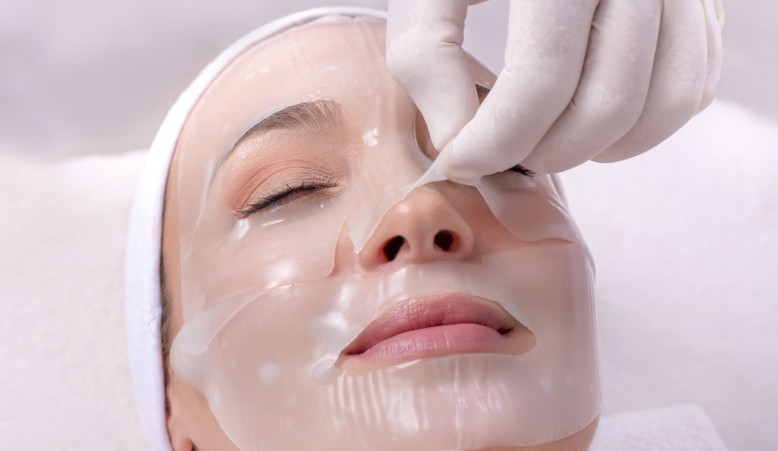
Exploring Cosmetic Procedures: Enhancing Beauty Through Science
- by admin
Cosmetic procedures have emerged as transformative tools in the pursuit of aesthetic enhancement, offering individuals the opportunity to sculpt their features, reverse signs of ageing, and boost confidence. From non-invasive treatments to surgical interventions, the realm of cosmetic procedure continues to evolve, driven by advancements in medical technology and a growing demand for personalized beauty solutions.
Understanding Cosmetic Procedures:
Cosmetic procedures encompass a diverse array of treatments designed to improve the appearance of the face, body, or skin. These procedures can target specific concerns such as wrinkles, sagging skin, excess fat, or asymmetry, allowing individuals to achieve their desired aesthetic goals. Whether it’s smoothing fine lines with injectables like Botox and fillers or undergoing surgical interventions like breast augmentation or rhinoplasty, cosmetic procedures offer options for a wide range of needs and preferences.
The Science Behind Cosmetic Procedures:
Behind every cosmetic procedure lies a foundation of scientific research and technological innovation. Modern cosmetic interventions leverage cutting-edge techniques, materials, and equipment to deliver safe, effective, and natural-looking results. For example, advancements in injectable fillers have led to the development of hyaluronic acid-based products that can volumize and contour the face with minimal risk of adverse reactions.
Similarly, surgical procedures benefit from refined surgical techniques, including minimally invasive approaches and advanced imaging technologies that allow for greater precision and customization. Whether it’s using 3D imaging to simulate rhinoplasty outcomes or employing microsurgical methods for intricate facial reconstruction, cosmetic surgeons are equipped with tools to achieve optimal outcomes while minimizing trauma and downtime.
Types of Cosmetic Procedures:
Cosmetic procedures can be broadly categorized into non-surgical and surgical options, each offering distinct advantages and considerations.
Non-surgical procedures include treatments such as:
- Botox and Dysport for reducing wrinkles by temporarily paralyzing facial muscles.
- Dermal fillers like Juvederm and Restylane to add volume and contour facial features.
- Chemical peels and laser resurfacing to improve skin texture and tone by stimulating collagen production and removing damaged outer layers.
- Non-surgical body contouring treatments like CoolSculpting and Emsculpt to reduce stubborn fat and sculpt body contours without surgery.
Surgical procedures encompass a variety of interventions, including:
Breast augmentation to enhance breast size and shape using implants or fat transfer techniques.
- Facelift surgery to address sagging skin and deep wrinkles by tightening facial muscles and removing excess tissue.
- Liposuction to remove localized fat deposits and sculpt body contours through suction-assisted fat removal.
- Rhinoplasty to reshape and refine the nose for improved symmetry and harmony with facial features.
Considerations and Consultation:
Before undergoing any cosmetic procedure, individuals need to undergo a thorough consultation with a qualified provider. During this consultation, the practitioner will assess the individual’s concerns, discuss treatment options, and develop a customized plan tailored to their goals, anatomy, and lifestyle. This process allows for informed decision-making and helps manage expectations regarding outcomes, recovery, and potential risks.
Frequently Asked Questions
What are cosmetic procedures?
Cosmetic procedures are medical interventions designed to enhance or alter a person’s appearance. These procedures can range from non-invasive treatments like injectables and laser therapy to surgical interventions such as facelifts and breast augmentation.
Who can benefit from cosmetic procedures?
Individuals who are bothered by specific aspects of their appearance and wish to improve them may benefit from cosmetic procedures. Whether it’s addressing signs of aging, enhancing facial features, or sculpting the body, there are options available for a wide range of concerns.
Are cosmetic procedures safe?
When performed by qualified and experienced practitioners in accredited facilities, cosmetic procedures are generally safe. However, like any medical intervention, there are potential risks and complications to consider. It’s crucial to undergo thorough consultations, discuss potential risks with your provider, and follow all pre- and post-treatment instructions to minimize complications.
What types of cosmetic procedures are available?
Cosmetic procedures encompass a variety of options, including non-surgical treatments like Botox, dermal fillers, chemical peels, Nano Brows Treatment and laser therapy, as well as surgical interventions such as liposuction, rhinoplasty, facelifts, and breast augmentation. The choice of procedure depends on individual goals, anatomy, and preferences.
Conclusion:
Cosmetic procedures represent a powerful intersection of artistry and science, offering individuals the opportunity to enhance their natural beauty and achieve newfound confidence. Whether seeking subtle enhancements or dramatic transformations, there exists a diverse array of treatments to address a multitude of aesthetic concerns.
Cosmetic procedures have emerged as transformative tools in the pursuit of aesthetic enhancement, offering individuals the opportunity to sculpt their features, reverse signs of ageing, and boost confidence. From non-invasive treatments to surgical interventions, the realm of cosmetic procedure continues to evolve, driven by advancements in medical technology and a growing demand for personalized beauty…